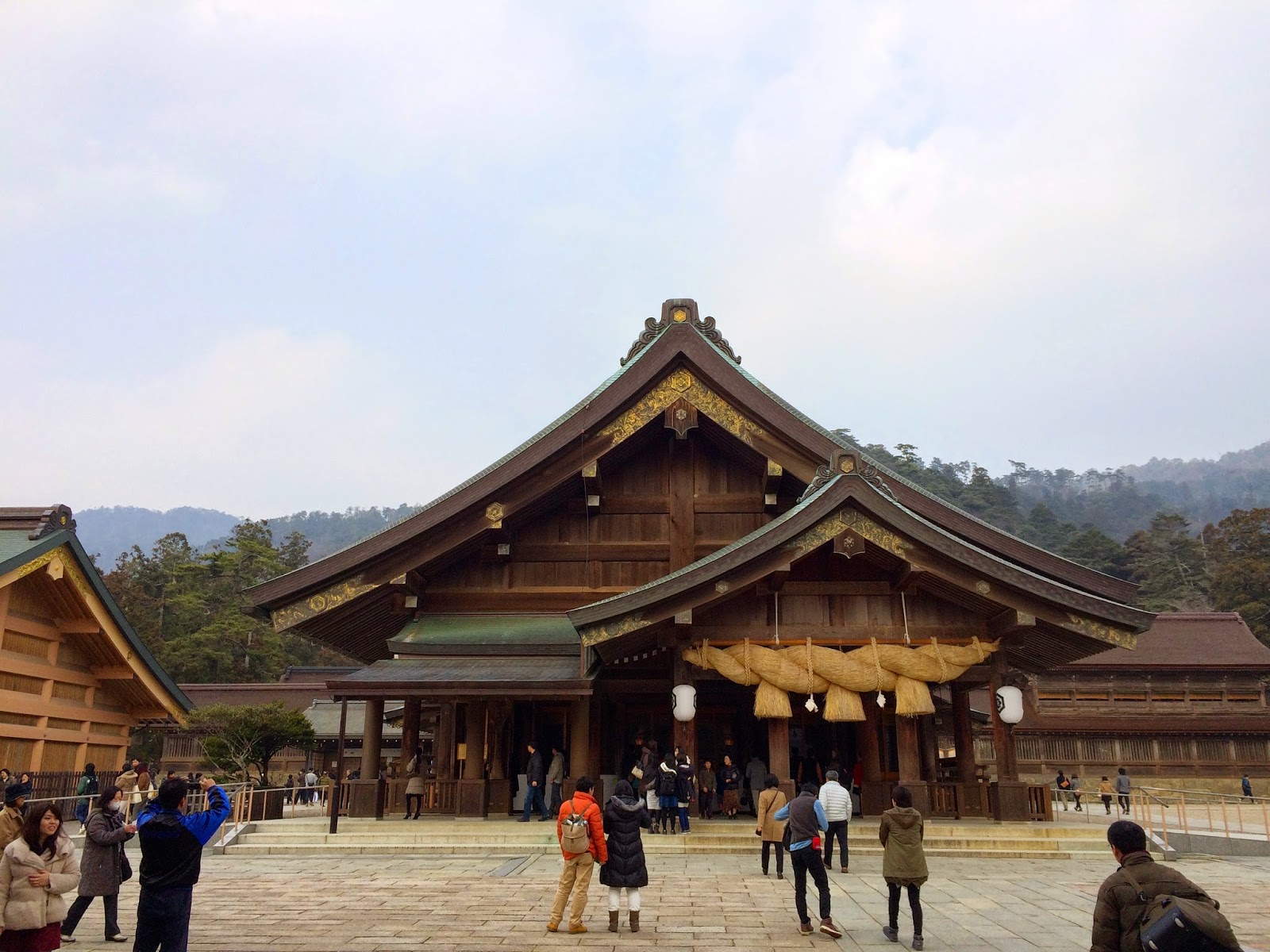Fukuoka Ohori Park
The Starbucks at Fukuoka Ohori Park is one of the concept stores in the Park as Ueno Onshi Park's and Toyama Kansui Park's. It is a good place for the people enjoying a day out in the park visit. Besides, Fukuoka Ohori Park has a jogging trail around the lake and this store is the oasis for the jogger.
It is constructed and designed to integrate into the existing landscape and to preserve surrounding trees. The design also minimizes energy and water consumption, incorporates locally-sourced and reused or recycled materials, and employs creative methods to inspire partners (employees) and customers to make environmentally responsible decisions in their daily lives.
The wood materials are Kirishima cedar, grown locally in Kyushu. LED bulbs reduce energy consumption and the chairs previously used in other stores were reupholstered rather than sent to a landfill. The store's design helps to reduce environmental impacts whilst reflecting the character of its surrounding neighborhood.
"Engawa" style roof overhangs
LEED certification
This Starbucks store is designed to reduce environmental impacts and it is the first store to be LEED registered in Japan. Leadership in Energy and Environmental Design (LEED) is a rating system devised by the United States Green Building Council (USGBC) to evaluate the environmental performance of a building and encourage market transformation towards sustainable design.
It is constructed and designed to integrate into the existing landscape and to preserve surrounding trees. The design also minimizes energy and water consumption, incorporates locally-sourced and reused or recycled materials, and employs creative methods to inspire partners (employees) and customers to make environmentally responsible decisions in their daily lives.
"Engawa" style roof overhangs
Louver screens and "engawa" style roof overhangs, as well as insulated exterior walls and window frames, are used to block the sun and reduce heating and cooling needs. The engawa is ancient wisdom of Japan and it was common in traditional Japanese home.
I think Engawa is not only kind of the ecology but the life style of Japanese. The seasons are closely connected even with contemporary Japanese life, and this sense of the seasons has had a great influence on Japanese lifestyles. I think it is the reason we love this atmosphere.



















































